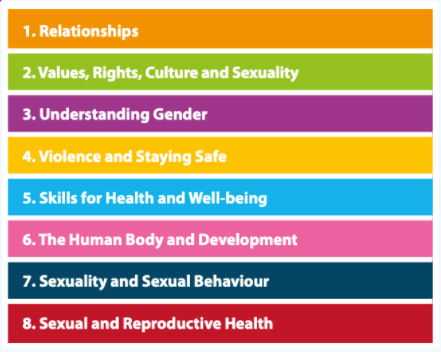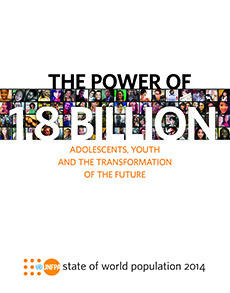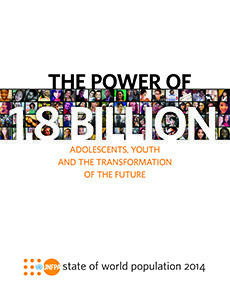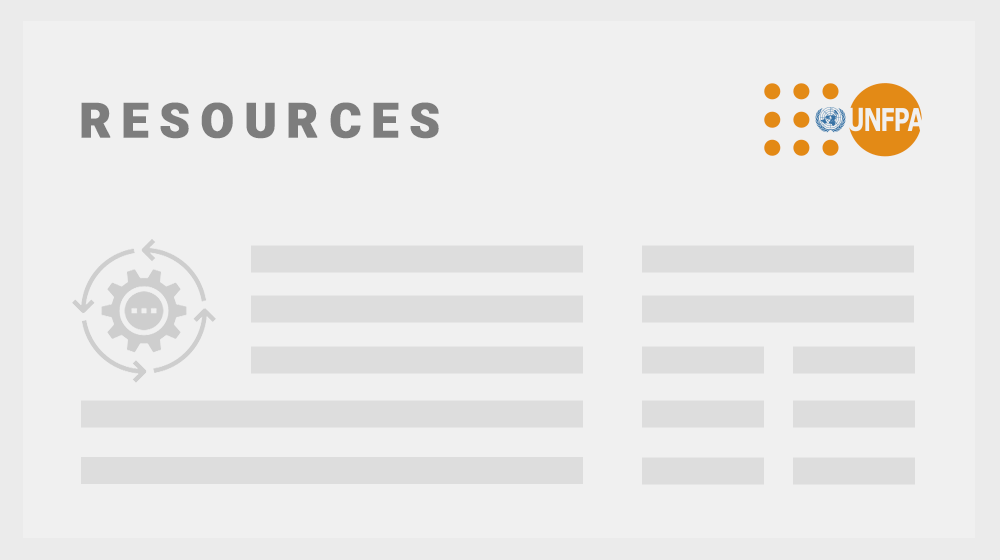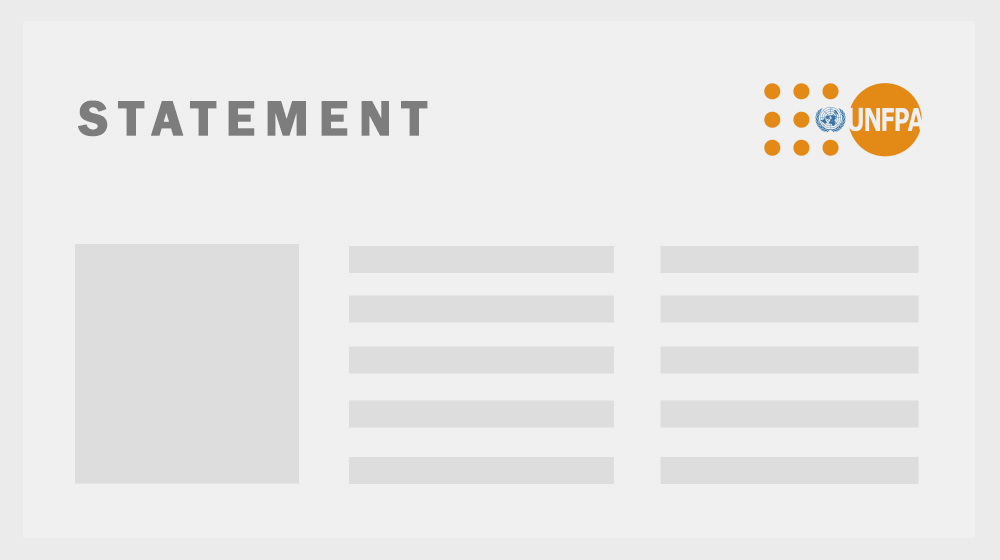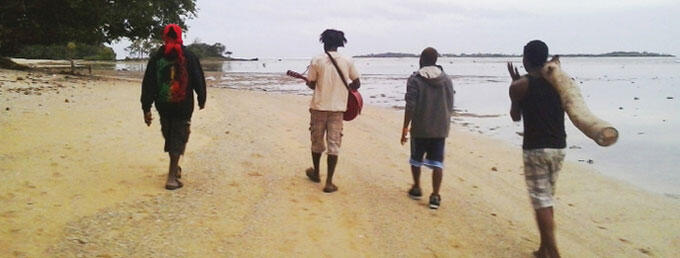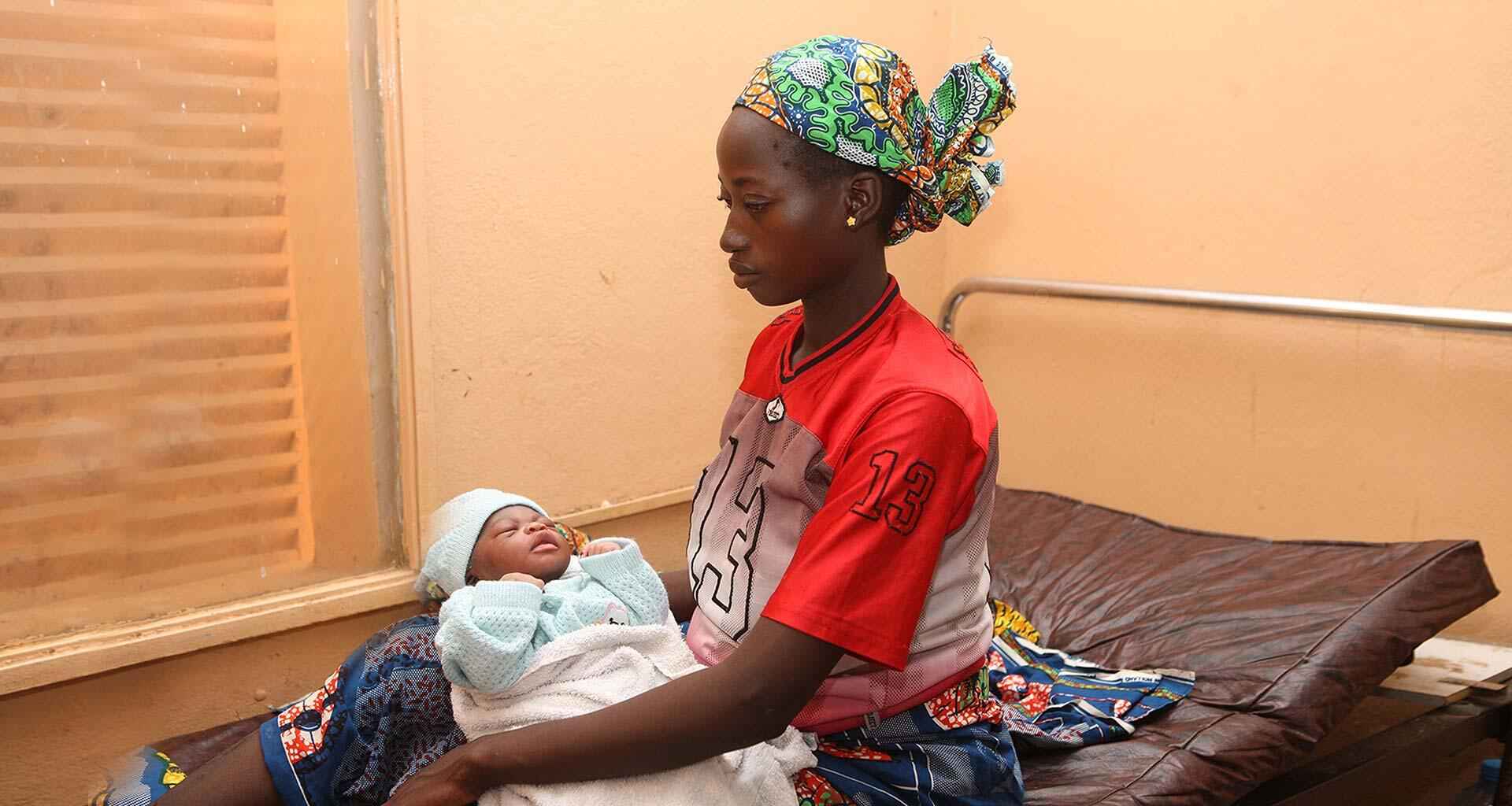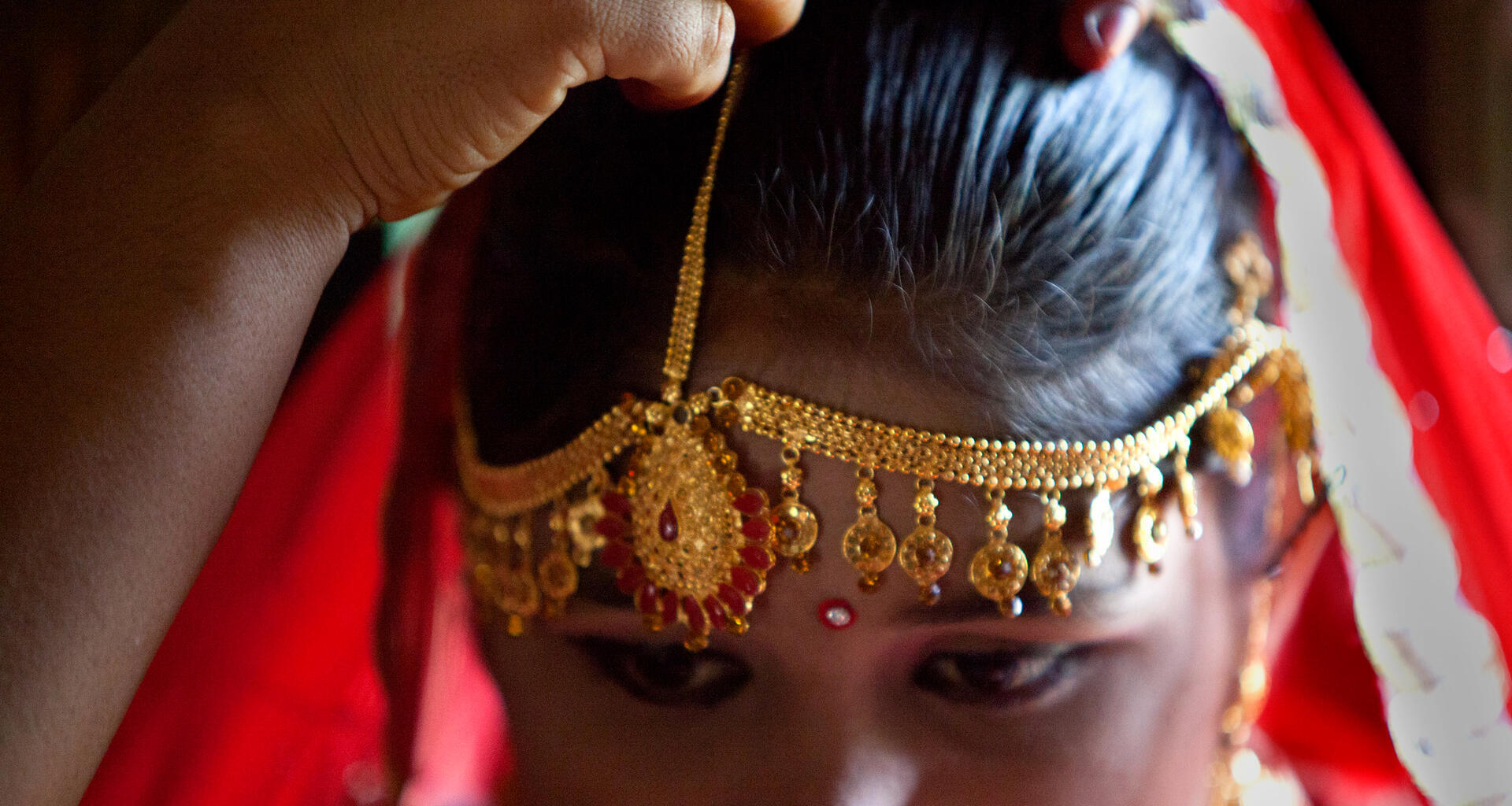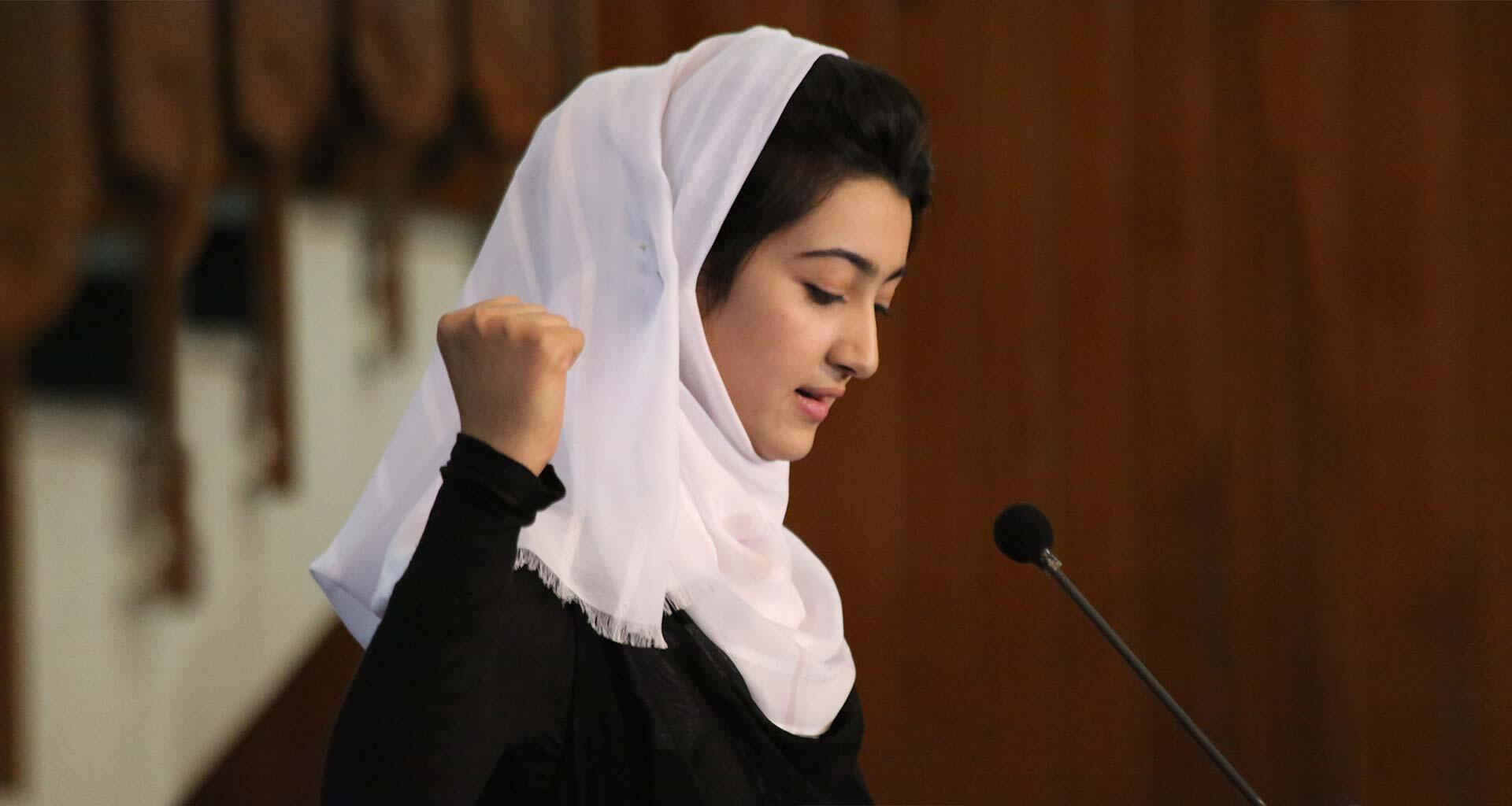Comprehensive sexuality education – a curriculum-based process of teaching and learning about the cognitive, emotional, physical and social aspects of sexuality – enables young people to protect and advocate for their health, well-being and dignity by providing them with a necessary toolkit of knowledge, attitudes and skills. It equips them with accurate information about human development, sexuality, reproduction and healthy relationships that is appropriate for their age and culture. It is a precondition for exercising full bodily autonomy and making informed choices about sexual and reproductive health and rights. It builds on and promotes an understanding of universal human rights, gender equality, and the rights and empowerment of young people.
It is vital to advancing health outcomes and gender equality. Yet research shows that too many young people still make the transition from childhood to adulthood receiving inaccurate or incomplete information about sexual and reproductive health, leaving them vulnerable to coercion, sexually transmitted infections and unintended pregnancy. UNFPA works with governments to implement comprehensive sexuality education, both in schools and outside of schools through community-based training and outreach. By investing in young people's health and education, governments can support their engagement in society, ensure their well-being and help them achieve their full potential. UNFPA also promotes policies for, and investment in, sexuality education programmes that meet internationally agreed upon standards.
Young people themselves called upon governments to ensure the provision of curriculum-based comprehensive sexuality education in and out of schools during the ICPD30 Global Youth Dialogue. They emphasized that the education must be scientifically accurate, evidence based, culturally relevant, gender transformative, and age and developmentally responsive, and that investments are needed to continuously train educators.
Comprehensive sexuality education can be taught in school to students as a part of the school curriculum or outside the school curriculum in non-formal settings; it is most effective when taught over several years by integrating age-appropriate information that accounts for the developing capacities of young people. It includes scientifically accurate information about human development, anatomy and reproductive health, as well as information about contraception, childbirth and sexually transmitted infections, including HIV.
But it also goes beyond information, helping young people to explore and nurture positive values regarding their sexual and reproductive health and rights. This education includes discussions about family life, relationships, culture and gender roles, and also addresses human rights, gender equality, bodily autonomy and threats such as discrimination, sexual abuse and violence.
Comprehensive sexuality education should recognize the unique needs of learners, especially vulnerable youth groups – such as LGBTQIA+ youth, young people living with disabilities, young people in humanitarian settings, young people who use drugs and those living with HIV – and should be tailored to reflect their realities.
Taken together, these programmes help young people develop self-esteem and life skills that encourage critical thinking, clear communication, responsible decision making and respectful and empathetic behaviour.
According to the UN International Technical Guidance on Sexuality Education, comprehensive sexuality education must be:
- Scientifically accurate
- Incremental
- Age and developmentally appropriate
- Curriculum based
- Comprehensive
- Based on a human rights approach
- Based on gender equality
- Culturally relevant and context appropriate
- Transformative
- Able to help develop life skills needed to support healthy choices
